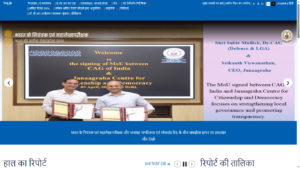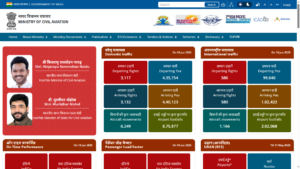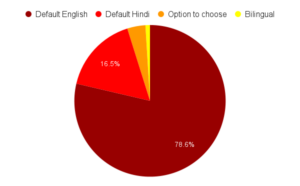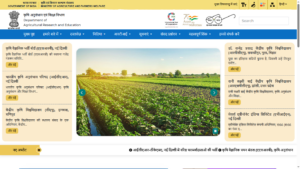Though most sites offer an option to switch to English, it is often tucked away in a corner. As government websites gradually shift to Hindi over the years, the message seems less about accessibility and more about asserting linguistic dominance, at the cost of inclusivity.










